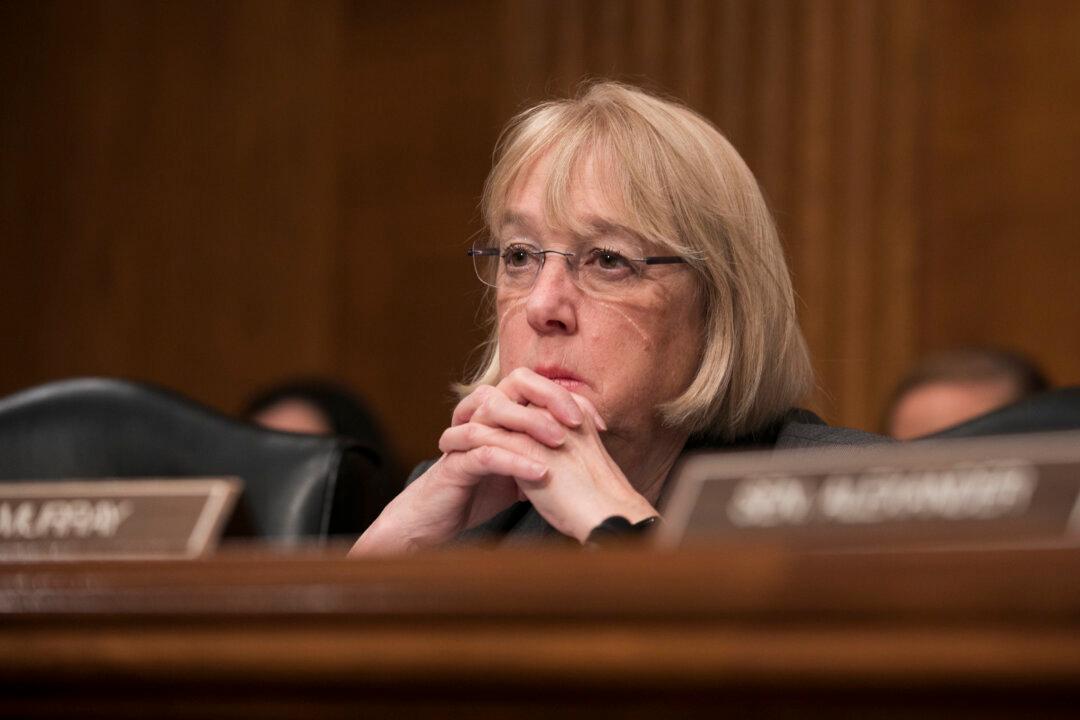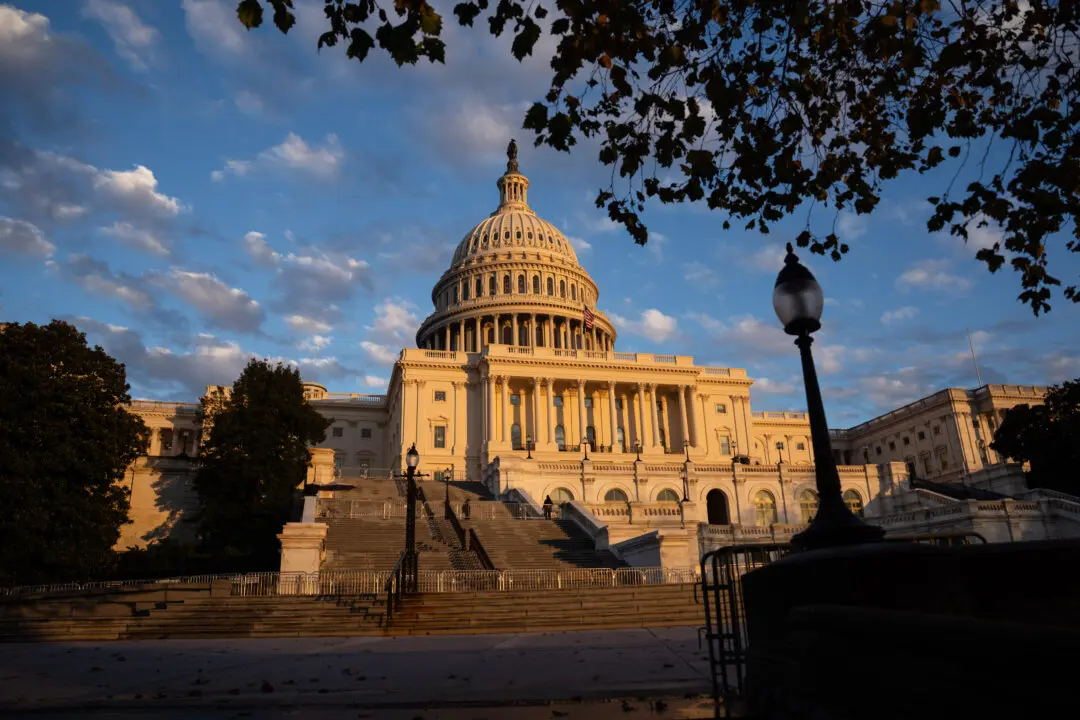The Senate Appropriations Committee approved two measures as well as top-line spending for 10 others at levels indicated by the Fiscal Responsibility Act, the spending agreement reached by President Joe Biden and House Speaker Kevin McCarthy (R-Calif.) in May.
The action took place at a June 22 markup, a committee session in which a bill may be debated, amended, and voted upon. This sets the stage for a showdown with the House of Representatives, where its Appropriations Committee is pressing for larger spending cuts in some areas.





